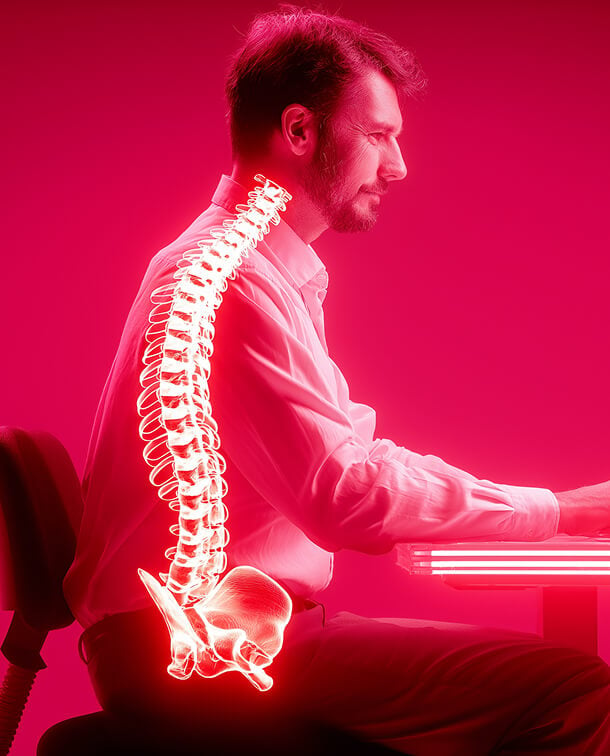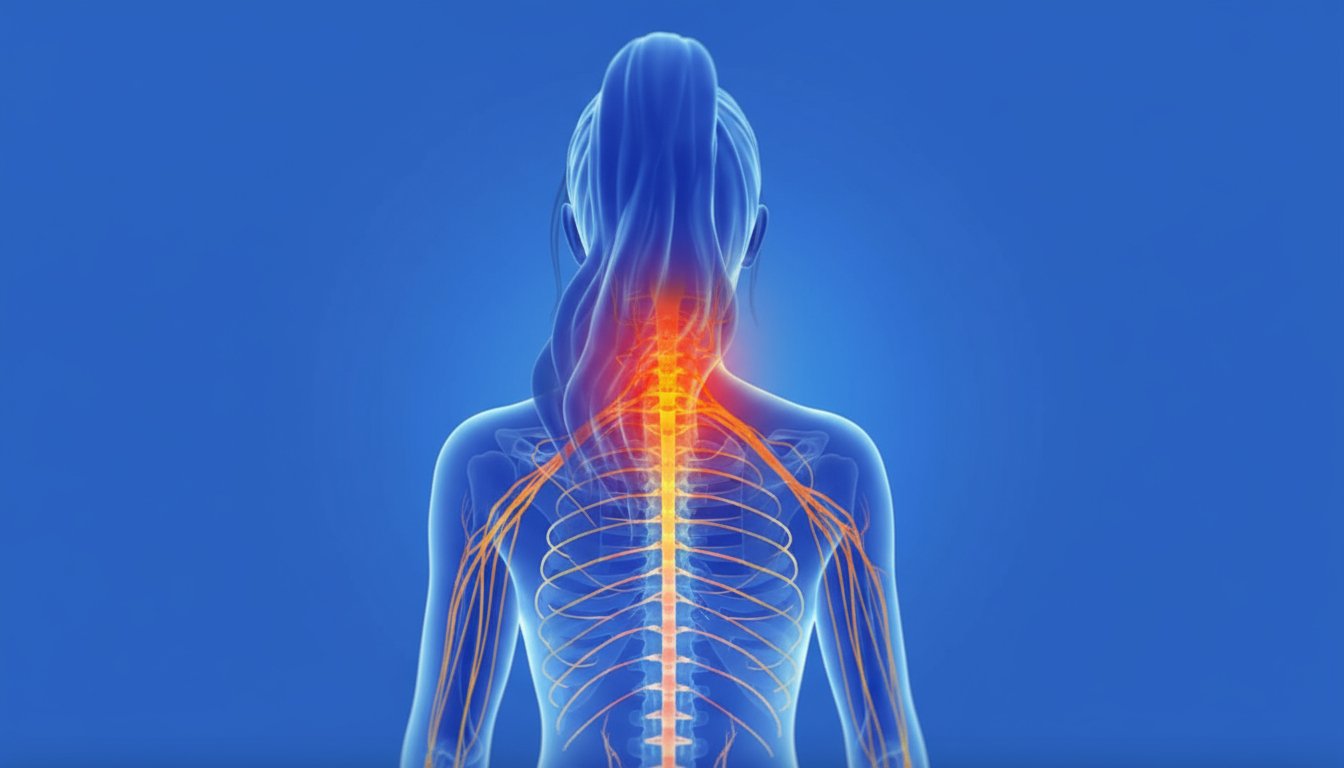In today's work culture, many people find themselves struggling with shoulder pain because they simply spend too much time sitting in poor posture. However, choosing the right office chair can make a huge difference in helping to relieve and even prevent shoulder pain. Let's explore the types of products that can relieve shoulder pain and the explore how you can best avoid further discomfort.
Choose an Ergonomically Designed Office Chair
One of the best ways to combat shoulder pain is by investing in an ergonomically designed office chair. Choose one that is designed specifically to provide support and comfort, targeting the vulnerable pressure points on your body, like your shoulders.
Adjustable Armrests: Look for chairs with adjustable armrests that allow you to find the perfect height and angle to support your shoulders. Position your armrests so that your arms are level with your keyboard in front of you. This will help reduce the strain on your shoulder muscles while typing or using a mouse.
Pelvis Support: A chair with pelvis support helps you maintain proper posture, helping you to take some of the pressure off your shoulders. This support aligns your spine correctly and promotes a natural S-shaped curve.
Seat Height and Depth Adjustment: Make sure you can adjust your chair's seat height and depth to suit your body. This will help keep your shoulders in a relaxed position. Your feet should also rest flat on the floor. If the chair is too high, a footrest is recommended.
Tapered Upper Back Support: Many chairs have a tall wide back that forces the shoulders to round forward, which can lead to shoulder impingement and pain. Look for a chair with a tapered or narrow upper back to allow the shoulders to be rolled back and aligned with the head and neck.
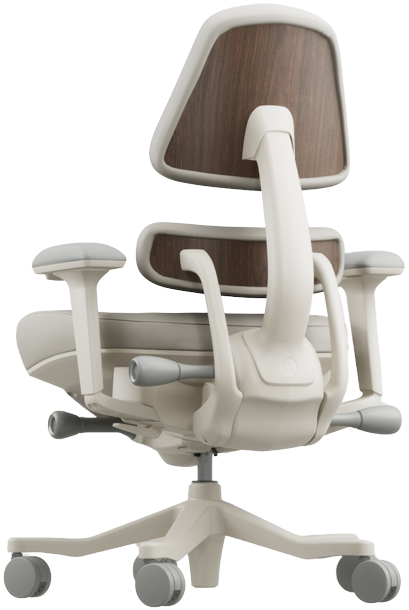
Swivel and Mobility: Chairs that swivel can help reduce the strain on your shoulders. A chair that moves easily helps you when reaching for items on your desk or around your workspace. This flexibility encourages careful movement and less strain.
It’s important to remember that everyone's needs are different, so don’t settle. Find the one that best suits your specific requirements.
Avoiding Actions that Could Intensify Your Shoulder Pain
While investing in the right office chair is essential, it's equally important to be mindful of the actions and habits that can make shoulder pain worse:
Slouching: Avoid slouching in your chair, as it puts undue stress on your shoulders and upper back. Sit with your back against the chair's lumbar support, maintaining an upright posture.
Staying in the Same Position Too Long: Sitting for too long, without taking a break to get some movement in can strain your shoulder muscles. Remember to stand, stretch and take short breaks to relieve that shoulder tension.
Incorrect Monitor Height: Ensure your computer monitor is at eye level. Looking down at your screen is simply bad for your shoulder health and overall posture. Whether you are looking at laptop monitor or your phone screen, pulling your shoulders into an uncomfortable hunching position will certainly lead to pain over time.
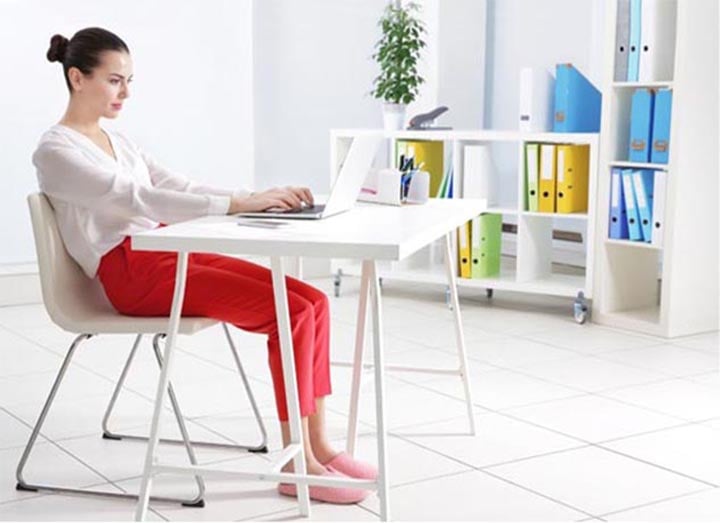
Desk too high: When the desk is too high, you need to reach up and forward to reach the keyboard. This causes the shoulders to roll forward which can cause nerve impingement and muscle imbalances that result in pain.
Carrying Heavy Bags: Carrying heavy bags on one shoulder can worsen shoulder pain and imbalance. Be aware of your body and protect yourself! Opt for a rolling suitcase or use a backpack to distribute weight evenly between both shoulders to prevent strain.
Overreaching: Be aware of your set up. Are you constantly stretching across your desk to find what you need? Keep frequently used items within arm's reach to minimize strain on your shoulders.
Invest in your well-being.
When you combine the right office chair with the practice of avoiding these simple habits, you are taking great steps to lessen your shoulder pain and protect them from further injury.
Although it may require patience and intentionality, creating a space that works well for you a will be worthwhile investment.

1. Ming, Z., Närhi, M., & Siivola, J. (2004). Neck and shoulder pain related to computer use. Pathophysiology, 11(1), 51-56.
2. Bullock, M. P., Foster, N. E., & Wright, C. C. (2005). Shoulder impingement: the effect of sitting posture on shoulder pain and range of motion. Manual therapy, 10(1), 28-37.
3. Kanlayanaphotporn, R. (2014). Changes in sitting posture affect shoulder range of motion. Journal of bodywork and movement therapies, 18(2), 239-243.
4. Cole, A. K., McGrath, M. L., Harrington, S. E., Padua, D. A., Rucinski, T. J., & Prentice, W. E. (2013). Scapular bracing and alteration of posture and muscle activity in overhead athletes with poor posture. Journal of athletic training, 48(1), 12-24.
Recent Post
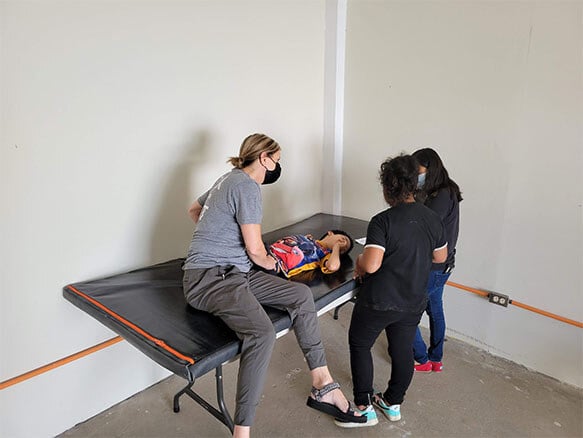
Four Lessons About Seating Everyone Can Learn from Wheelchair Users
September 18, 2025Working with wheelchair users has been an...
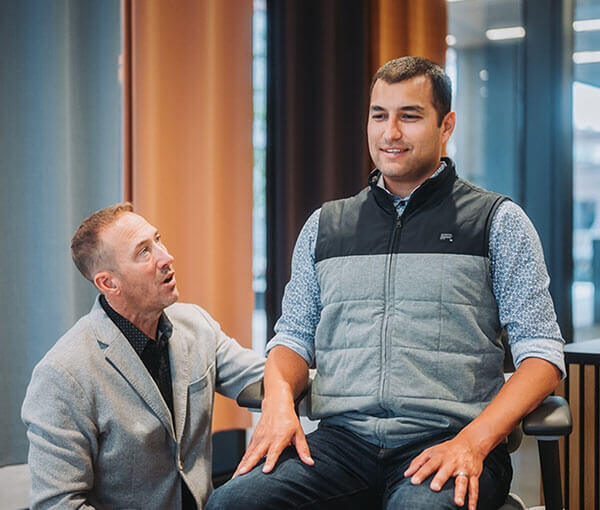
People Over Profits: Why Anthros Puts Comfort and Care First
September 17, 2025At Anthros, our mission is simple: to put people...





